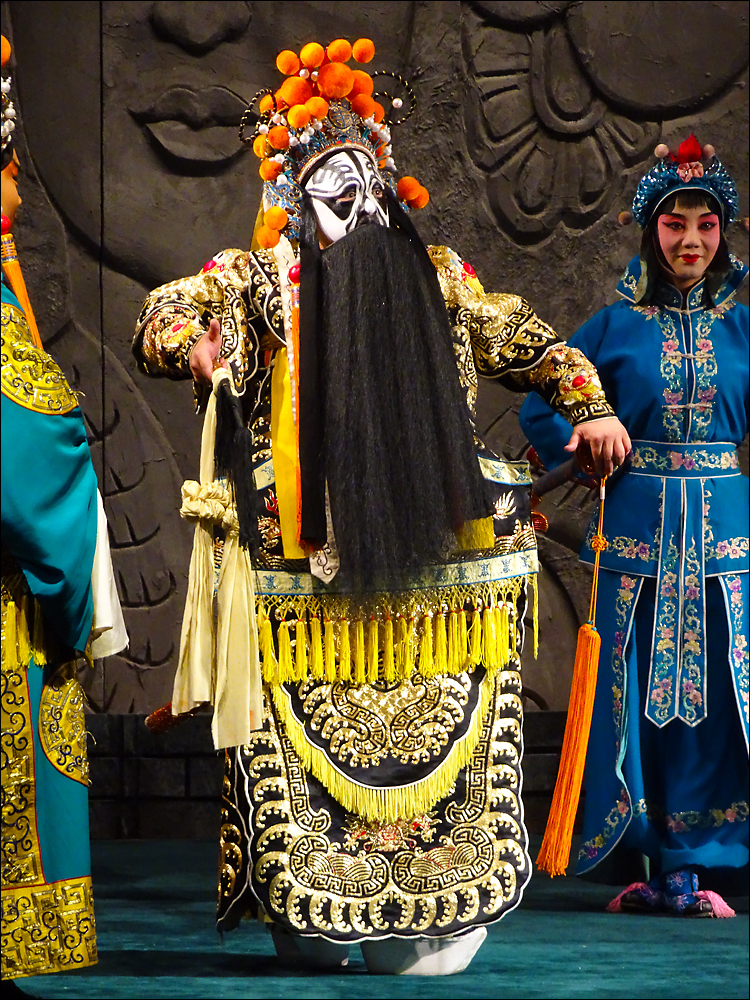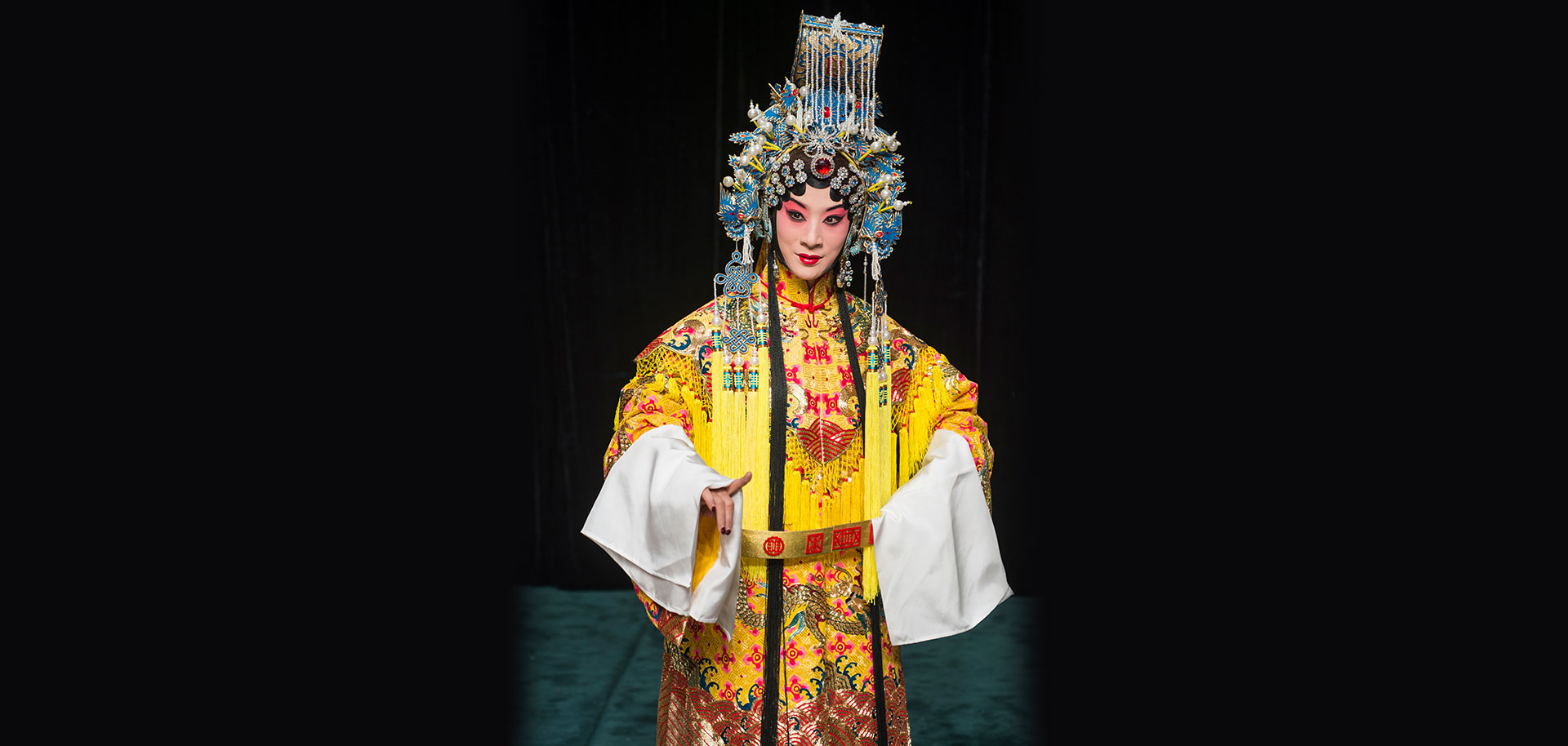

PEKING OPERA HOW TO
Roles - how to figure out the role's identity the moment they appear on the stage It works together with the actors to add just the right mood to go along with the action on stage. The band usually sits on the left side of the stage. The orchestral instruments include the Erhu, Huqin, Yueqin, reed pipe, and lute. The commonly used percussion instruments include castanets, drums, bells, and cymbals. The former frequently accompanies peaceful scenes while the latter provides the right atmosphere for battle scenes. Peking (Beijing) Opera features an orchestral and percussion band. Many historical events are adapted into the plays, which in the past were an important primer on the history and ethical principles for poorly educated common people. Its repertoire includes historical plays, comedies, tragedies, and farces. With its beautiful paintings, exquisite costumes, and graceful gestures, Peking (Beijing) Opera has developed into a comprehensive art system.įilled with many aspects of Chinese culture, Peking opera presents the audience with an encyclopedia of Chinese culture. Peking (Beijing) Opera is a blend of music, dance, art, acrobatics, and martial arts. The huge three-story theater in the Summer Palace is proof of her love of Peking Opera.

Having an imperial patron, made Peking Opera extremely popular, and therefore more accessible to the common people. Peking Opera underwent fast development during the reign of Emperor Qianlong and the notorious Empress Dowager Cixi of the Qing Dynasty.

It took the best from each style and eventually formed its own highly stylized music and performing techniques. Based upon traditional Anhui Opera, Peking (Beijing) Opera has also adopted repertoire, music, and performing techniques from Kun Opera and Qingqiang Opera as well as traditional folk tunes. It is believed that Peking (Beijing) Opera gradually came into being after 1790 when Anhui Province's four most famous opera troupes paid a visit to Beijing. It is the highlight of any Beijing tour.Īlthough it is called Peking Opera, its origins are not in Beijing but in the provinces of Anhui and Hubei. Known as the national opera of China, Peking Opera is the most influential and representative of all the operas in China, and one of the three main theatrical systems in the world. A regional opera is usually popular in several provinces, while one province enjoys several local operas. These ancient forms of drama are still active in China's stages today. One of the three main theatrical systems in the worldĬhina boasts more than 360 regional styles of opera.


 0 kommentar(er)
0 kommentar(er)
